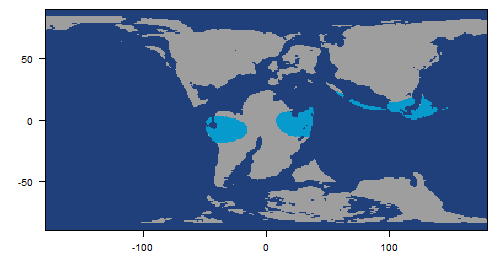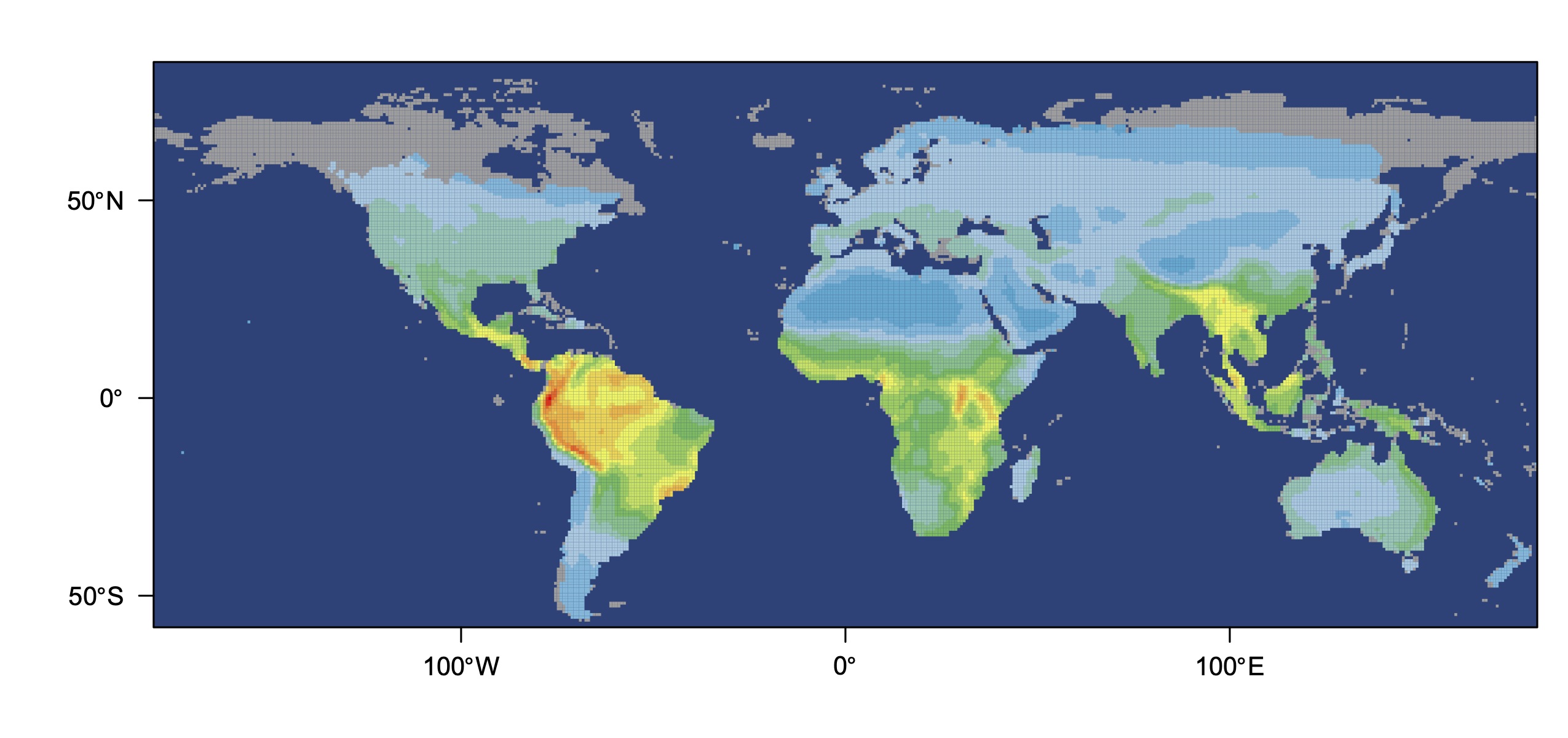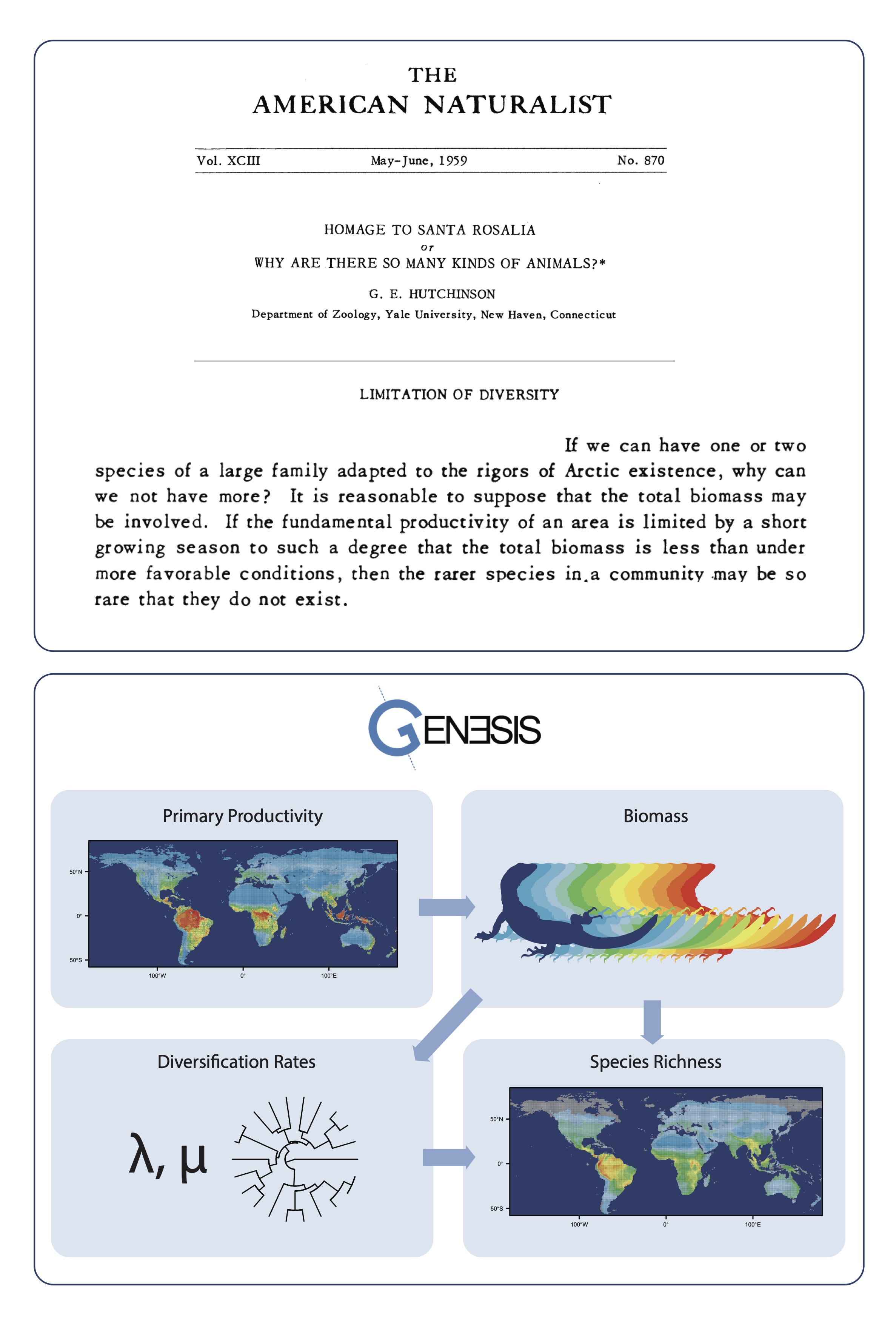BIGEST
BIGEST - The Origins of Global Tetrapod Diversity
The diversity of living organisms is not distributed uniformly across the globe. One almost-ubiquitous global pattern is the latitudinal diversity gradient (LDG); the observation of a decrease in the number of species from the equator towards the poles. This pattern is one of the oldest observations in biogeography and a wide range of hypotheses of its origins have been proposed. For example, differences in available evolutionary time, diversification rates, or ecological interactions between temperate and tropical regions may all ultimately lead to large regional differences in species diversity. However, traditional correlative methods have typically been unable to distinguish between different key hypotheses and reveal the causes of this pattern. We therefore still lack a synthetic understanding of the mechanisms that have shaped global biodiversity.
The aim of the BIGEST Project, is to integrate ecological and evolutionary mechanisms into process-based simulation models with novel paleoenvironmental reconstructions to predict patterns of tetrapod biodiversity. We will transform a variety of classical theoretical models for the LDG, originally proposed by Wallace, Hutchinson, MacArthur, Rohde, Dobzhansky, and many others, into executable mechanistic simulation models. We will then compare these simulations to empirical global data of species distributions, functional traits, and phylogenetic relationships, to unravel the integrated mechanisms that have shaped extant biodiversity gradients of mammals, birds, reptiles and amphibians.
The application of process-based models in ecology is a novel and powerful tool that can allow us to test different hypotheses and recreate different ecological and evolutionary scenarios, providing a glimpse into the past of the planet. We aim to understand what drove the diversification of terrestrial vertebrate lineages, explaining how the biodiversity as we observe it today came to be.



